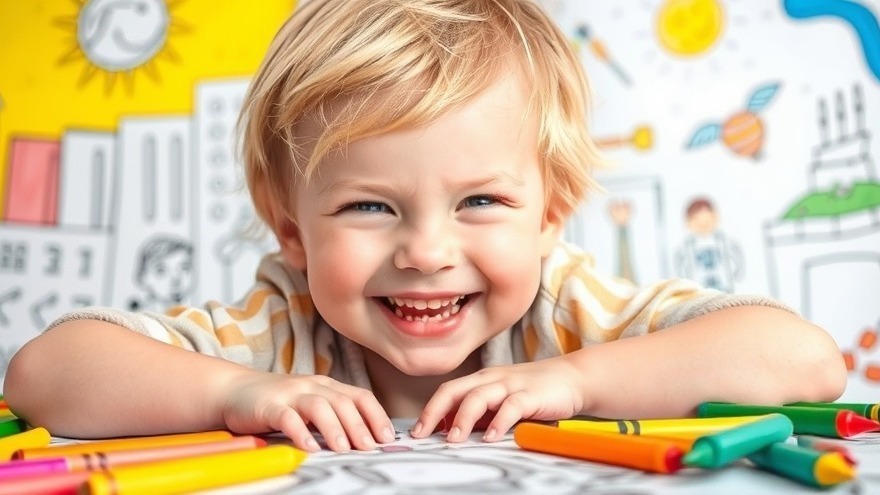
Understanding the Shift: A New Era of Play
As children grow up in an age dominated by mass production, the significance of each toy has diminished remarkably. Unlike previous generations who cherished toys passed down through families, today's children face a bounty of superficial collectibles available at their fingertips. This abundance creates a paradox. Instead of fostering creativity and engagement, too many toys often lead to boredom and confusion. Richard Thomas, a journalist with a focus on international trends, explores the implications of toy minimalism for today's youth and how families can benefit by taking a step back.
The Value of Less: Minimizing Toy Clutter
Incorporating minimalism into a child's play environment can revitalize their creativity. Advocates of toy minimalism, including families who adopted less-is-more approaches, report significant changes in how children play. Instead of being overwhelmed, children often become more resourceful and imaginative. The concept is straightforward: by reducing the number of toys, children are encouraged to explore their creativity without the distraction of excess. For parents, this sometimes means organizing, donating, or even removing toys that do not serve a purpose.
Different Perspectives on Toy Acquisition
Many parents struggle with the inundation of toys during holidays and birthdays. It’s a challenge to resist the barrage of gifts from well-meaning family and friends. One practical strategy involves communicating openly with relatives about the family's stance on gifts. Some parents express gratitude yet suggest options that resonate more with a minimalist approach, like experiences rather than material items, which often lead to meaningful family bonding. By sharing a curated list, parents can guide gift-giving while ensuring their children do not become overwhelmed with new things rapidly, creating a more manageable play environment.
Actionable Insights: Creative Solutions for Parents
In addition to minimizing the number of toys, several concrete methods can reinforce a child’s developmental process positively:
- 1-in-1 Out Rule: Every time a new toy enters the home, an old toy should leave. This simple guideline helps maintain balance and teaches children the values of sharing and generosity.
- Rotating Toy Collections: Storing some toys away for a period can rejuvenate interest. When the toys come back, children often rediscover them with excitement.
- Encouraging Open-Ended Play: Choose toys that promote creativity — items that have multiple uses, like building blocks or arts and crafts supplies, rather than those with a single purpose.
Statistical Insights into Consumption Trends
Understanding the consumption habits in the toy industry reveals that less is often more beneficial. Approximately 80% of toys end up in landfills shortly after purchase. By adopting minimalism, families not only contribute to reducing waste but also save money, allowing them to invest in experiences that lead to lasting memories and skills.
Conclusion: Embracing Minimalism for Better Play
Embracing minimalism, especially regarding children’s toys, could be seen as a counter-intuitive move in our consumer-driven society. However, it has proven to help children to become more focused, creative, and responsive to their surroundings while reducing clutter in family environments. As we move forward, considering the less-is-more philosophy can lead to an enriching play experience that fosters emotional and cognitive growth in children. Are you ready to embrace toy minimalism? Start assessing your child's play environment today for a more organized and purposeful approach.
 Add Row
Add Row  Add
Add 




 Add Row
Add Row 

 Add
Add
Write A Comment